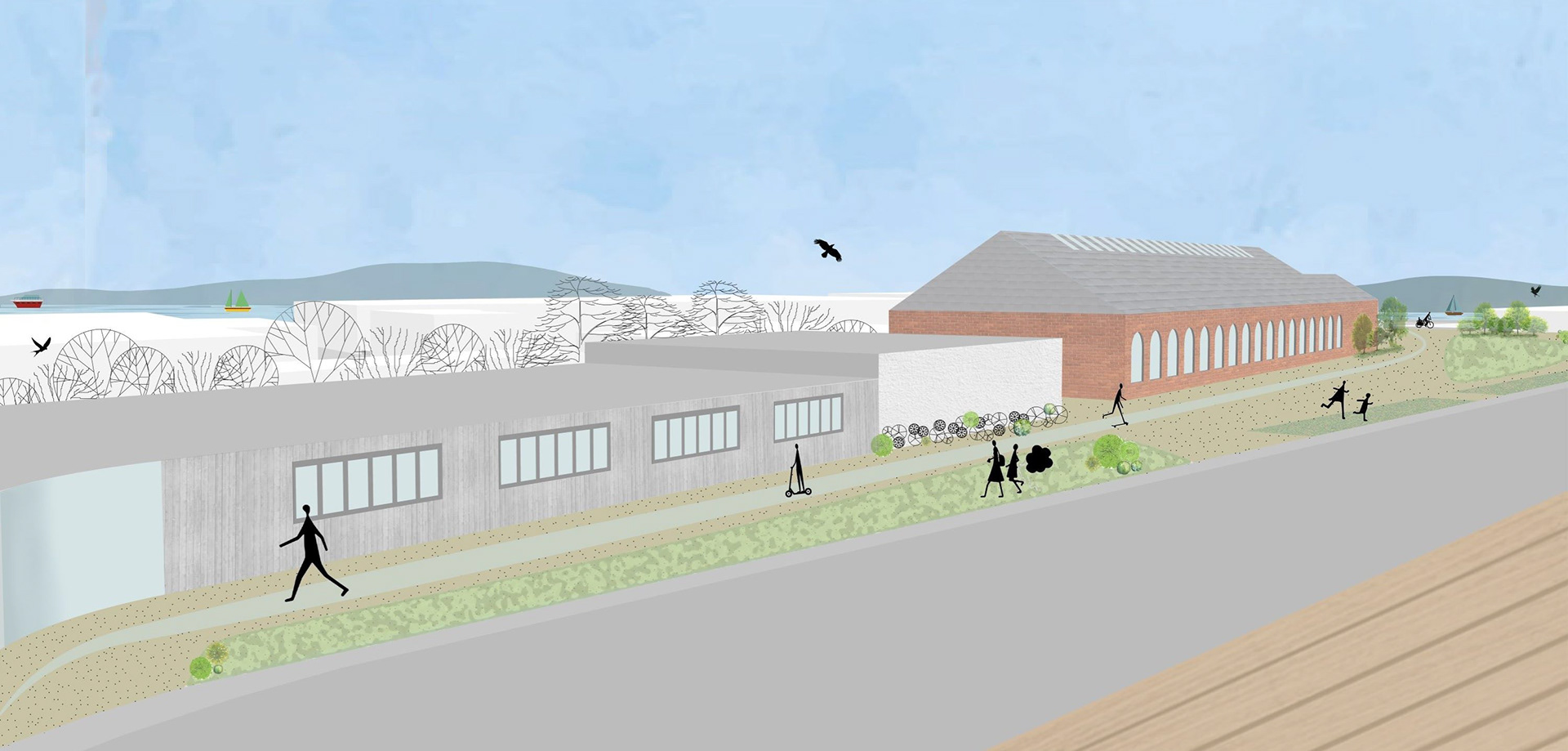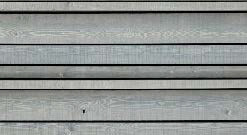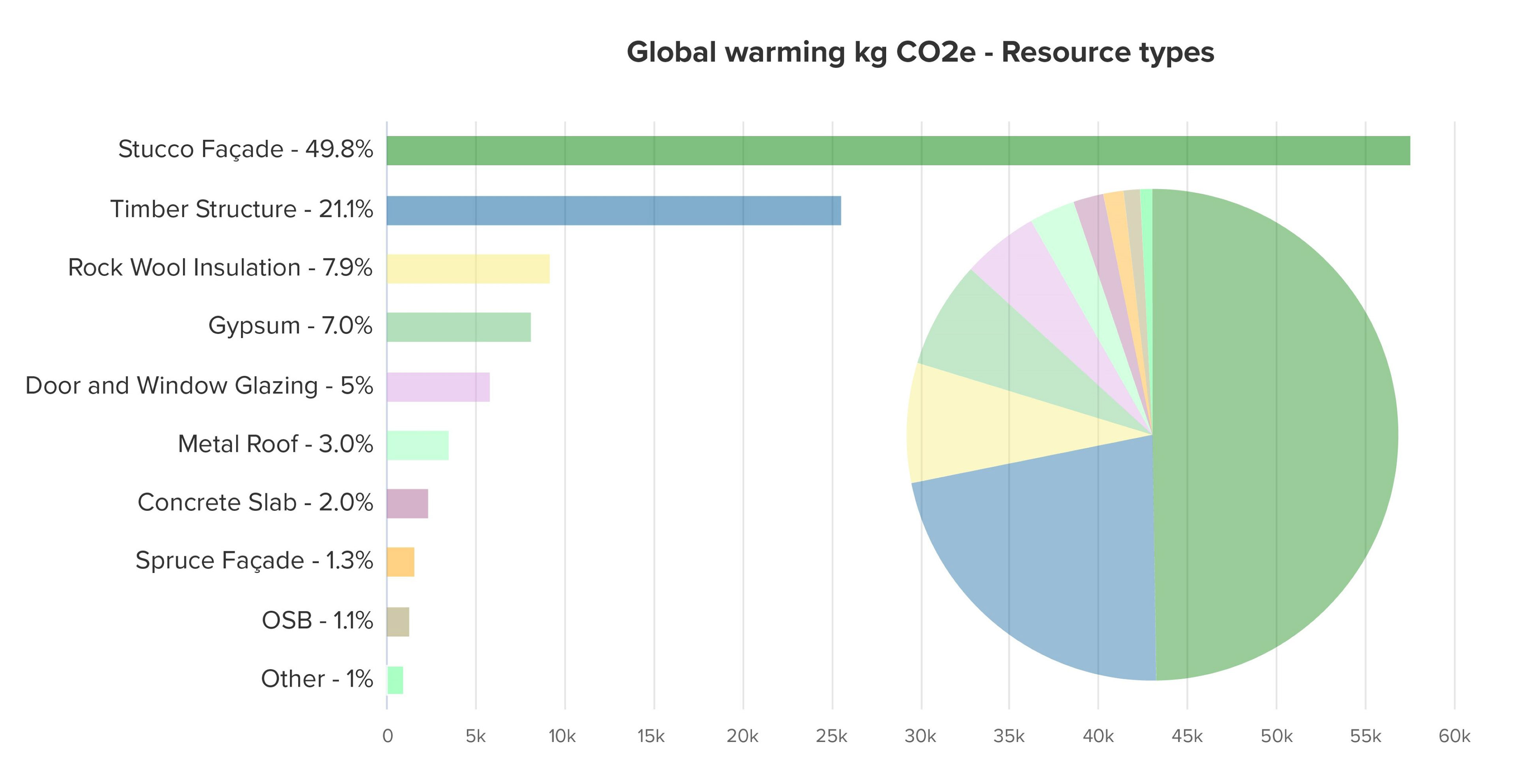The goal of this project was to explore an area of interest relating to urban development by identifying challenges and creating a holistic solutions at the micro, meso, and macro scales of sustainable design.
This was conducted through the following steps:
• marco and micro site analysis of historic, present, and climatic conditions,
• redevelopment of junk yard into communal facilities,
• infrastructure to house services vital for equality and sustainable community building, and
• environmental design, embodied carbon, and energy simulation of new construction.
• redevelopment of junk yard into communal facilities,
• infrastructure to house services vital for equality and sustainable community building, and
• environmental design, embodied carbon, and energy simulation of new construction.
The following proposal follows the Edinburgh 2030 goals, specifically the Granton Waterfront Regeneration. Some of the key objectives include sustainable economic growth, community wealth-building, 20-minute neighbourhoods, greener corridors and travel, and pioneering a climate-conscious place to live. Most importantly, the proposal aims to create a sense of community pride and character.
The City of Edinburgh Council has invested £250 million in the surrounding areas. Specifically, there is a £16.4 million successful bid for restoration of the area around Granton Harbour. The following proposal could consist of part of the future plans for this funding in connections with other projects and initiatives
The Place
Granton is a district in northern Edinburgh. Historically, it has been a hub for industry; one of the busiest ports in the city, a centre for exporting coal, making stone for urban development, car manufacturing, and importing materials.
Granton has seen a series of redevelopment initiatives. Granton Waterfront Regeneration aims to transform the area into a sustainable and fair economy. This includes housing solutions with thousands of net-zero carbon homes; economic opportunities and business start-up space; extending & enhancing coastal parks and green spaces; celebrating diversity with culture, creative arts, & leisure space; and providing key services like schools & healthcare centres.
Challenges
Employment status, housing typology, age, and relationship status were studied geographically. Observing overlaps based on these characteristics suggests four areas that share boundaries across the categories. This data was used to identify areas of both opportunity and need to determine where connections and solutions would best serve the community.
These divides contribute to a lack of community pride and neighbourhood character by discouraging interaction between the areas. Granton has a rich history and diverse population filled with culture and personality that goes uncelebrated. The waterfront and harbour is now warehouses and their resulting waste. Several historic landmarks still stand; yet many remain inaccessible.
Site Selection
The site is located near the waterfront off W Granton Road (south) and West Harbour Road (north). It is adjacent to Granton Square (east) and Granton Station (west). Many bus routes enter Granton along this road, making it one of the first impressions visitors encounter.
The location was chosen during site visits and map investigations due its placement on transit lines, proximity to the Granton Square green space, transit access, and link potential to the existing community centre. In addition, the current space use and businesses do not depend on the benefits the site provides and can be relocated.
As noted in the image below, there is a plethora of redevelopment in close proximity. This will aid in the efforts to create a town centre and hub of activity for both residents traveling via shuttle, bike, bus, foot, arriving at Granton Station.
By transforming the site into an vibrant space, it will provide links with other resources and services to promote density and intelligent land use. Moreover, its proximity to existing green spaces and bike routes offers a potential to extend and enhance existing networks.
The site currently stands as a scrap yard for discarded car parts. The site has one existing historical warehouse that will be retrofitted and used as a gymnasium. The other structures on site are in need of demolition. Upon exterior investigation, their materials consist mostly of rusted metal and will not be reused in the project. However, future investigation could suggest restoration that is not in the project’s scope. The remaining site consists of waste that must be discarded.
Climate
Edinburgh’s climate is characterised as temperate maritime with mild, pleasant summers and cold, long winters. It is known for its high rainfall and gray skies, humidity, and strong south-west winds. Its high latitude results in short winter days and long hours of daylight in the summer. Even in the summer months, the temperatures never exceed--often do not reach--indoor comfort levels, resulting in a heating-dominated climate.
The site sits at 10m above sea-level and is relatively level. A 5-meter retaining wall runs along the southern portion of the site, which will be conducive to protecting occupants against strong south-west winds. The diagram below summarises the micro climate of the site including winds, sun and shadows, views, and noise.
History
The site has significant historical relevance, serving as the loading dock in the 1850s for the world’s first train ferry, The Leviathan. It transported goods from Granton to Burntisland. Rail wagons were able to run directly on the vessel and be unloaded at the other end. The historical “goody shed” (used for storage at a railroad-station or on a dock) still stands and is in operation today. The rest of the site was a “coal depot”, a timber yard, customs house, and rail line that starts/ends on the site. Shipments came off boats and were transported to the site to be shipped via train.
Site Design
The main entry point to the site is on the north side along W Harbour Road. Visitors enter off the sidewalk and onto a surface made of recycled concrete tiles incorporated with rain water collection. They can walk through the grassy area filled with benches and trees, or continue around to reach the gymnasium and spots fields.
Visitors reach another green space surrounded by the new buildings. On the right, the building will host services like classrooms, childcare, the library, tech spaces, cafes, and small-business pop-up shops.
Across the green space, the 2-story building contains administrative offices, bookable remote-work offices, multi-use flexible spaces, and a large event hall. W. Granton Street-level access will also be available through the double-height space or wrap-around balcony.
The last stop on the site are the gardens, where fresh produce will be grown and led by the community.



The Buildings
Services
Building 1 houses services that residents will use on a regular basis. It is a single story with a clerestory on the library. The roof is left flat for solar panels, as well as potential usable rooftop space. The curved form helps to shape the site while optimising southern glazing exposure.
Spaces
Building 2 provides flexible-use space that can
be reserved for community events, remote work offices,
and administrative offices. It also acts as a southern entry point, where visitors enter from the upper level. A wraparound deck provides shaded and unshaded areas, as well as an entrance for outdoor use when the building is closed.
be reserved for community events, remote work offices,
and administrative offices. It also acts as a southern entry point, where visitors enter from the upper level. A wraparound deck provides shaded and unshaded areas, as well as an entrance for outdoor use when the building is closed.
Gymnasium
The existing structure is retrofitted into a gymnasium facility. Construction techniques are out of the scope of this project, but reusing an existing structure and fitting it to meet sustainability performance requirements mitigates the most embodied carbon intensive materials. Moreover, the structure has significant historic relevance and provides a sense of place for Granton.
Simulation & Optimising Design
The building designs were optimised by conducting simulation and energy modelling studies based on several parameters including window-to-wall ratio, shading devices, U-values, mechanical systems, solar heat gain coefficient, air tightness, mechanical equipment efficiency, and amount of solar panels.
While the goal is to ultimately design a net-zero building, the project’s buildings aim to be high performing by UK standards and use electric mechanical equipment. Scotland’s energy grid is powered 99% by renewables, mostly coming from off-shore wind. Harnessing the power of electric systems combined with on-site renewables in the form of rooftop solar PV panels permits the buildings' energy demand to be powered by renewable sources.
Methodology
The baseline case is first defined. The outputs studied are EUI, average percent dry bulb comfort achieved, CO2 emissions, and total heating load, which are measured at each test to chose the best design option.
The second test alters window-to-wall ratio. Increasing these values could enhance natural ventilation, or increase unwanted heat gain from radiation. It will also show the impact of glazing on different facade orientations. The third test adds overhangs on each orientation. The fourth test increases insulation by reducing U-values. The first reduces UK Building Code Standards by 10%, and the second follows Passive Haus Standards.
After looking at passive measures, the simulation then tests different HVAC systems to determine which option is best suited for the climate.
After making initial passive improvements to the baseline and choosing a HVAC system, efforts are taken to further reduce the EUI.
The results from the optimised building designs are defined in the charts below.
The graph below charts average EUI (bars) and total heating load (line) across the three buildings to see how each iteration improved the performance. The greatest impact came from using passive chilled beams with heat pumps and increasing rooftop solar PVs. Some of the iterations resulted in little-to-no improvement, but the changes were made based on design intent, like window-to-wall ratio and shading.
The graph below shows the total annual energy for all three buildings; an estimate of the project’s total operational annual energy demand (total = 540,000 kWh/yr). The highest comes from heating.
EnergyStar estimates the median EUI for public services to be between 90-150 kWh/m2/yr. The range pertains to the different programmes and their demands. The graph below compares the simulation results to EnergyStar’s reported median. The project’s buildings greatly out perform the typical values, between 25-75% improvements.
Building 2 Passive Design
After obtaining the results from the simulation to optimise passive techniques, a closer investigation was done for building 2. One of the primary focuses of the project was ensuring the buildings are well designed, so that their socially sustainable benefits are not outweighed by the environmental impacts of the new construction. Passive design was prioritised to work with the climate and reduce energy demand.
Material Selection
Using materials manufactured in Scotland provides many benefits. Not only does it support local businesses and a sustainable economy; it reduces emissions associated with transportation. Moreover, using vernacular materials ensures the materials work within the environment by providing passive gains like serving as thermal masses, reflecting or absorbing light, and carbon sequestration.
The chosen façade materials are a mix of western red cedar cladding and light-colored concrete. Cedar was chosen due to is local accessibility, low maintenance, and small carbon footprint. In addition, its gray aging is commonly found on beach houses, celebrating the place and Granton’s waterfront. The light coloured concrete with a stucco render was chosen due to its thermal mass capabilities, durability, and light-reflecting properties. High recycled content with fly ash and slag is specified to reduce embodied carbon further.


The image to the right describes the wall, roof and floor constructions. Not only was low embodied carbon a criteria in material selection; performance, passive heating, tight envelope construction, and high insulation values were also considered.
The walls and floors can be modularly fabricated to reduce on-site waste, mitigate disruptions to the neighbourhood during construction, lower cost, and result in quicker erection. Modular and prefabricated assemblies also contribute to a tightly-sealed building envelope. This results in a less leaks and unwanted infiltration that reduce heating and cooling demands by keeping the internal conditioning constant.
Thermal performance and insulation were also a high priority when composing the wall and floor assemblies to reduce unwanted heat loss and gain through conduction.
The specified assemblies have the following U-values (W/(m²K):
• Ground floor: 0.19
• Roof: 0.16
• Exterior Wall: 0.17
• Windows: 0.8
• Ground floor: 0.19
• Roof: 0.16
• Exterior Wall: 0.17
• Windows: 0.8
Embodied Carbon
Finally, a lifetime carbon analysis (LCA) was conducted to further inform how the design could be built more sustainably. The LCA calculations include the facades, internal floors, glazing, doors, and preliminary timber structure. Not included are other structural components, internal walls, furniture, light fixtures and interior design elements, balcony and rail, solar panels, and MEP equipment
The structural engineering was not in the scope of this project, so the timber structure included is not definitive. It will require additional support that may include concrete or steel beams and columns. The foundation (likely shallow concrete) is also not included. The structural components usually account for the vast majority of the embodied carbon, so the results are likely to increase. These can be mitigated by using recycled concrete, steel, prioritising timber, and minimising material use through smart design. Because the building performs so well upon initial results, it is likely to receive an A-rating after the structural components are added.
The concrete and stucco façade have the largest embodied carbon impact. Incorporating innovative concrete that uses recycled materials is a possible improvement. However, its thermal mass properties have potential for operational carbon reduction.
It is followed by the timber structure. The structural system usually accounts for the majority of the building’s embodied carbon. If a concrete or steel structure was used instead, it would likely outweigh the stucco façade’s contribution. Gypsum and insulation also account for a large portion. This is to due with the large quantity used, being a component of the exterior walls and floors.
The results are summarised in the charts below.



Holistic Approach
The project contributes to the broader goals of Granton Waterfront Restoration and sustainable development aims of Edinburgh. The proposal laid out in this report is not a master plan, but rather a component in series of interventions created to serve the community at a micro scale.
The project addresses sustainability at three scale:
macro (global, national, regional levels): organisational and governmental goals and frameworks.
MESCO (community & neighbourhoods): Grandon Waterfront Development; community services; open space.
MICRO (building & eye level): building materials, construction, performance; user experience
This project was undertaken for the purpose of the final assignment of the university of Edinburgh MSc Advanced Sustainable Design degree ahead of the dissertation.
For full project including iterative designs and sketches, further research into the location and history, qualitative and quantitative goals, embodied carbon calculations, precedent inspiration, and other details, please contact me.


